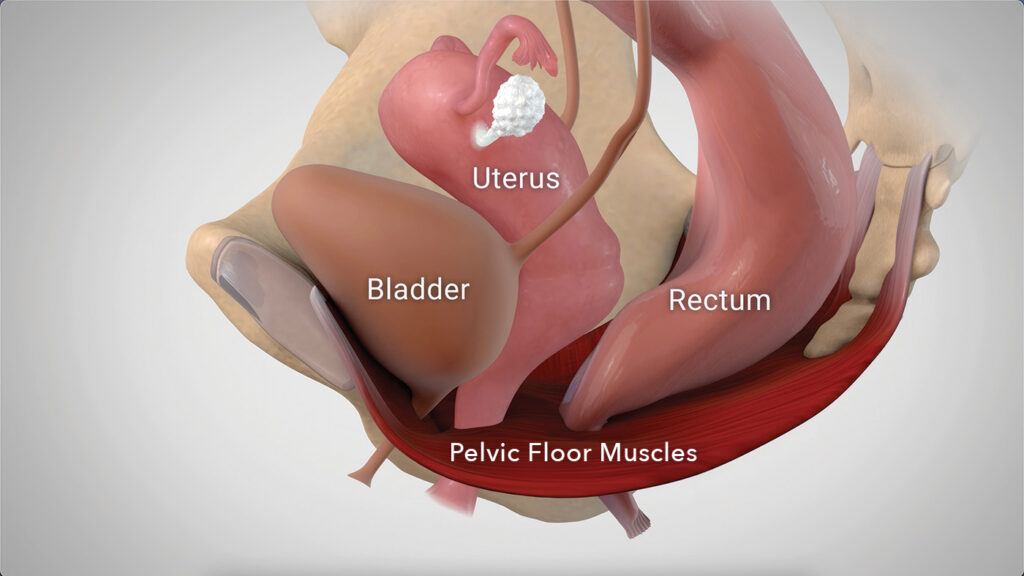Understanding Incontinence
The pelvic floor muscles may be injured or weakened as a result of pregnancy, childbirth, age, and other factors. Weak or damaged pelvic floor muscles can contribute to pelvic floor disorders, such as urinary incontinence (UI), overactive bladder, and fecal incontinence (FI).

Do I Have Incontinence?
You likely have Stress Urinary
Incontinence (SUI).
You likely have Urgency Urinary Incontinence (UUI).
You likely have Mixed Urinary Incontinence (MUI).
You likely have Fecal Incontinence (FI).
Ask your provider for a prescription for Leva and
take control of your bladder leakage today.
Recognized as a 2023 medical breakthrough in women’s health by AARP.



